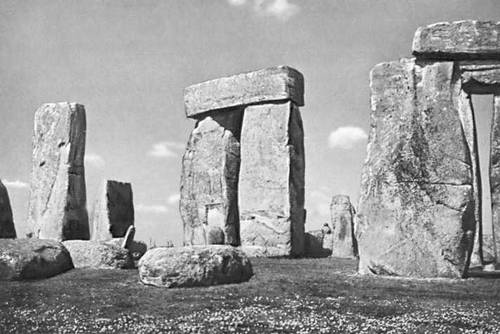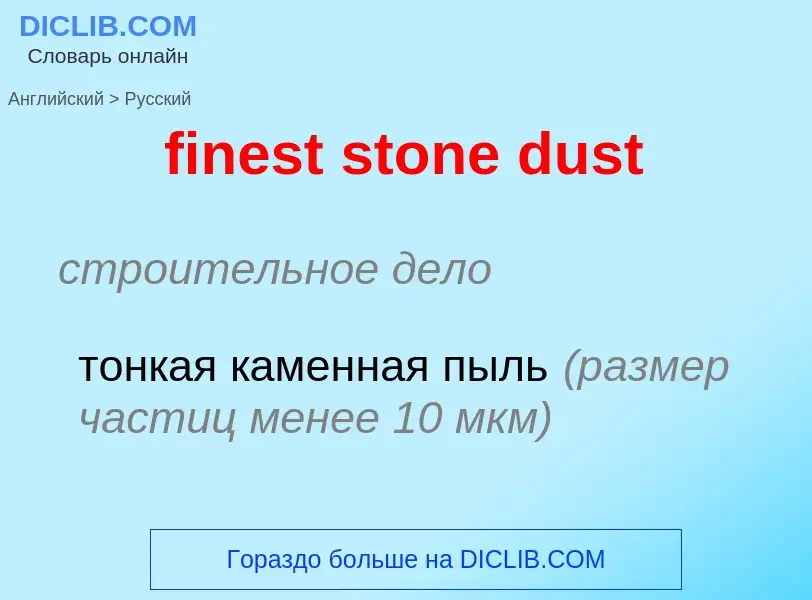Перевод и анализ слов искусственным интеллектом ChatGPT
На этой странице Вы можете получить подробный анализ слова или словосочетания, произведенный с помощью лучшей на сегодняшний день технологии искусственного интеллекта:
- как употребляется слово
- частота употребления
- используется оно чаще в устной или письменной речи
- варианты перевода слова
- примеры употребления (несколько фраз с переводом)
- этимология
finest stone dust - перевод на русский
строительное дело
тонкая каменная пыль (размер частиц менее 10 мкм)
общая лексика
космическая пыль
общая лексика
золотой песок
золотоносный песок
['finist]
существительное
общая лексика
(the finest) употр. с гл. во мн. ч. часто [ирон.]
полицейские
Определение

Википедия
Rock dust is a pulverized rock, usually limestone, sprayed on walls inside underground coal mines to prevent coal dust explosions. The dust acts as a heat sink, keeps coal dust levels down, and also prevents the incidence of black lung disease. Rock dust has been used since the early 1900s, but there have been technological improvements since then.
U.S. federal regulations require that rock dust be applied in all underground areas of a coal mine to mitigate the propagation of a coal dust explosion. Prior to September 2010, U.S. federal regulation 30 CFR 75.403 mandated that the nation’s coal mines maintain a total incombustible content (TIC) of at least 65% in nonreturn entries and at least 80% in the return airways. In September 2010, the U.S. Mine Safety and Heath Administration (MSHA) published an emergency temporary standard increasing the total incombustible requirement in intake airways to 80%, effective June 21, 2011. The 65% TIC requirement was based on an average particle size termed "mine-size dust," which was based on an average of representative samples collected from mines in the 1920s. To determine compliance with the federal regulation, mine inspectors systematically collect dust samples from sections of underground coal mines and send the samples to the MSHA National Air and Dust Laboratory at Mount Hope, West Virginia, for analysis of incombustible content.


![Cosmic dust of the [[Andromeda Galaxy]] as revealed in infrared light by the [[Spitzer Space Telescope]]. Cosmic dust of the [[Andromeda Galaxy]] as revealed in infrared light by the [[Spitzer Space Telescope]].](https://commons.wikimedia.org/wiki/Special:FilePath/Andromeda galaxy Ssc2005-20a1.jpg?width=200)


![Cosmic dust of the [[Horsehead Nebula]] as revealed by the [[Hubble Space Telescope]]. Cosmic dust of the [[Horsehead Nebula]] as revealed by the [[Hubble Space Telescope]].](https://commons.wikimedia.org/wiki/Special:FilePath/Horsehead-Hubble.jpg?width=200)



